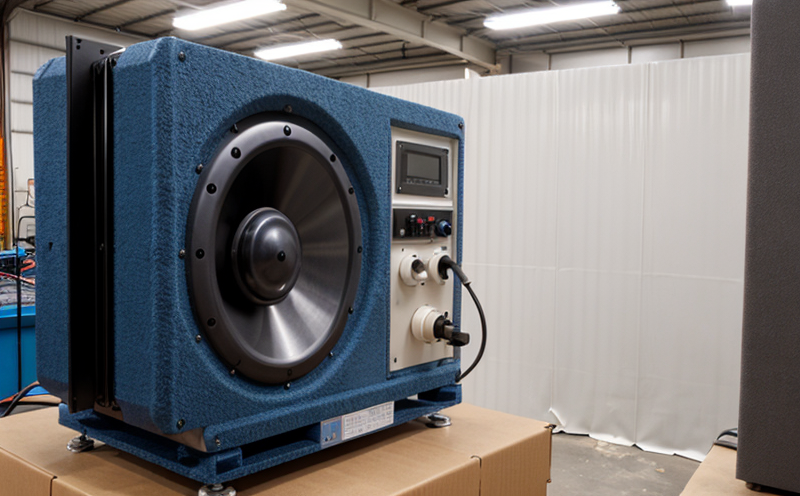ISO 2631 Whole-Body Vibration Testing (Fitness Devices)
The ISO 2631 standard provides a framework to determine and quantify the effects of whole-body vibration on human operators, particularly relevant for fitness devices. This method is crucial in ensuring that users are protected from excessive vibrations which can lead to discomfort or injury over prolonged use.
The testing procedure involves measuring the frequency response functions (FRFs) of various parts of the user's body exposed to vibrations while they engage with the fitness device. The vibration levels are typically measured at different frequencies, and the results are used to calculate a weighted acceleration value known as the "Vibration Dose Value" (VDV). This value helps in assessing whether the equipment complies with safety standards.
The testing process begins by ensuring that the fitness device is set up according to manufacturer specifications. Once the setup is complete, participants are asked to perform specific activities while sensors record their body movements and the corresponding vibrations. The data collected includes both time-domain and frequency-domain information which helps in understanding how different parts of the body respond under various conditions.
After collecting all necessary measurements, our experts analyze the raw data using specialized software tools compliant with ISO 2631 guidelines to ensure accurate interpretation. Compliance with these standards ensures that any potential hazards are identified early on, allowing manufacturers to make necessary adjustments before product release.
The importance of this testing cannot be overstated as it directly impacts user safety and satisfaction. By adhering to strict protocols outlined in ISO 2631, we guarantee that the products we test meet or exceed international standards set forth by recognized bodies like ASTM International and European Norms (EN).
Why It Matters
The significance of whole-body vibration testing cannot be understated; it plays a crucial role in ensuring user safety and comfort when interacting with fitness devices. Excessive vibrations can cause discomfort, pain, or even injuries if not properly managed during design stages.
Incorporating ISO 2631 into the development process allows manufacturers to anticipate issues early on, leading to better product designs that prioritize both performance and user health. Moreover, compliance with these standards enhances brand reputation by demonstrating a commitment to quality assurance practices recognized globally.
For quality managers looking at improving their operations or for R&D engineers aiming to innovate within this field, understanding the nuances of ISO 2631 can provide valuable insights into optimizing design parameters without compromising safety requirements. Additionally, compliance officers responsible for maintaining regulatory adherence will find value in leveraging such testing methods as part of broader compliance strategies.
Environmental and Sustainability Contributions
Incorporating ISO 2631 whole-body vibration testing into the manufacturing process contributes positively towards environmental sustainability efforts. By identifying potential sources of discomfort or injury early in the design phase, companies can reduce waste associated with recalls due to safety concerns post-release.
Furthermore, by ensuring that fitness devices meet stringent international standards, manufacturers contribute to reducing overall energy consumption and emissions associated with substandard products that might not function as intended. This aligns well with broader sustainability goals aimed at promoting efficient use of resources while minimizing adverse impacts on the environment.
Competitive Advantage and Market Impact
Adhering to ISO 2631 whole-body vibration testing offers significant competitive advantages in today's market. Consumers increasingly demand safer, more comfortable products that enhance their overall experience without compromising on functionality or design aesthetics.
By incorporating this standard early into the product lifecycle, manufacturers can differentiate themselves from competitors by offering superior quality assurance and compliance with recognized global standards. This not only builds trust among customers but also opens up opportunities for international markets where these standards are widely accepted.
The results of ISO 2631 testing serve as a powerful marketing tool that highlights a company's dedication to user safety and satisfaction. Such initiatives can lead to higher customer loyalty, positive reviews, and increased sales conversions, thereby boosting market share and profitability.





